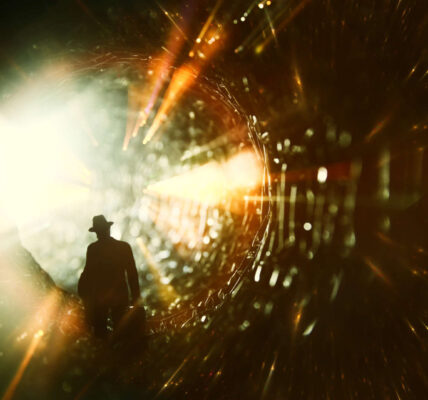“Mother of Dragons Comet: 5 Incredible Celestial Wonders Await!”
Spot the rare “Mother of Dragons Comet” in the northern hemisphere as it graces our skies. Learn about this celestial phenomenon and its significance in astronomy.

© ESA
Mother of Dragons Comet Graces the Night Sky: A Rare Celestial Treat
Hey there, stargazers and space enthusiasts! Are you ready for a stellar show? Brace yourselves as the “Mother of Dragons Comet” makes its majestic appearance in the northern hemisphere. This celestial spectacle is a rare treat, happening only once every 71 years. So, grab your telescopes and binoculars, because you won’t want to miss this!
Astronomical Wonder: Discovering the Mother of Dragons
Let’s dive into the story behind this cosmic marvel. Named after two brilliant astronomers, Jean-Louis Pons and William R. Brooks, the Mother of Dragons Comet is truly a wonder to behold. With a nucleus diameter of around 30 kilometers, this comet is renowned for its striking tail and occasional bursts of gas and dust. Its nickname, “Mother of Dragons,” is fittingly inspired by its association with the annual Kappa Draconids meteor shower.
Spotting the Comet: Tips for Observers
Now, let’s talk about how you can catch a glimpse of this extraordinary comet. If you’re in the northern hemisphere, including the UK, you’re in luck! The optimal time to observe the Mother of Dragons Comet is during the transition of March and April. Keep an eye on the western sky after dusk, and you might just witness this celestial beauty with your own eyes. Don’t forget to bring along your trusty binoculars or telescope for an even better view!
Exploring the History of the Solar System
But the Mother of Dragons Comet is more than just a dazzling sight in the night sky. It holds valuable clues about the history and evolution of our Solar System. Comets like this one were formed nearly 5 billion years ago and have been on fascinating journeys through space ever since. Thanks to missions like the Giotto probe’s encounter with Halley’s comet and the Rosetta mission’s orbit around comet 67P/Churyumov–Gerasimenko, scientists have been able to study these celestial wanderers up close.
Unraveling Mysteries: The Significance of Cometary Exploration
Why do we study comets, you ask? Well, besides their undeniable beauty, comets offer us a window into the past. By analyzing their composition and behavior, scientists can learn more about the early conditions of the Solar System and how it has evolved over time. Plus, studying comets helps us better understand potential threats from space, such as asteroids and other near-Earth objects.
Future Missions: What Lies Ahead
Looking ahead, there’s a lot to be excited about in the world of cometary exploration. The ESA is gearing up for the Hera mission, which will study the impact of NASA’s DART mission on the comet Dimorphos. Additionally, missions to asteroids like Apophis and the launch of the Comet Interceptor probe in 2029 are on the horizon. With each new mission, we inch closer to unraveling the mysteries of our cosmic neighborhood.
The Role of Observatories: Eyes on the Skies
Of course, we can’t forget the vital role that observatories play in studying comets and other celestial objects. Facilities like the Solar Heliospheric Observatory (SOHO) keep a watchful eye on comets as they journey through our Solar System. By monitoring their movements and behavior, scientists can gather valuable data that helps expand our understanding of these enigmatic objects.
Conclusion: A Cosmic Delight
As we gaze up at the night sky, let’s take a moment to appreciate the beauty and wonder of the Mother of Dragons Comet. This rare celestial event serves as a reminder of the incredible diversity and complexity of our universe. So, whether you’re an amateur astronomer or simply someone who loves to marvel at the stars, be sure to make time for this cosmic delight. Who knows what secrets the Mother of Dragons might reveal as she graces our skies once more?
ALSO READ:
https://cypranetnewsuk.com/magnetic-pole-reversals-5-mind-blowing-facts-you-wont-believe/




1 COMMENTS